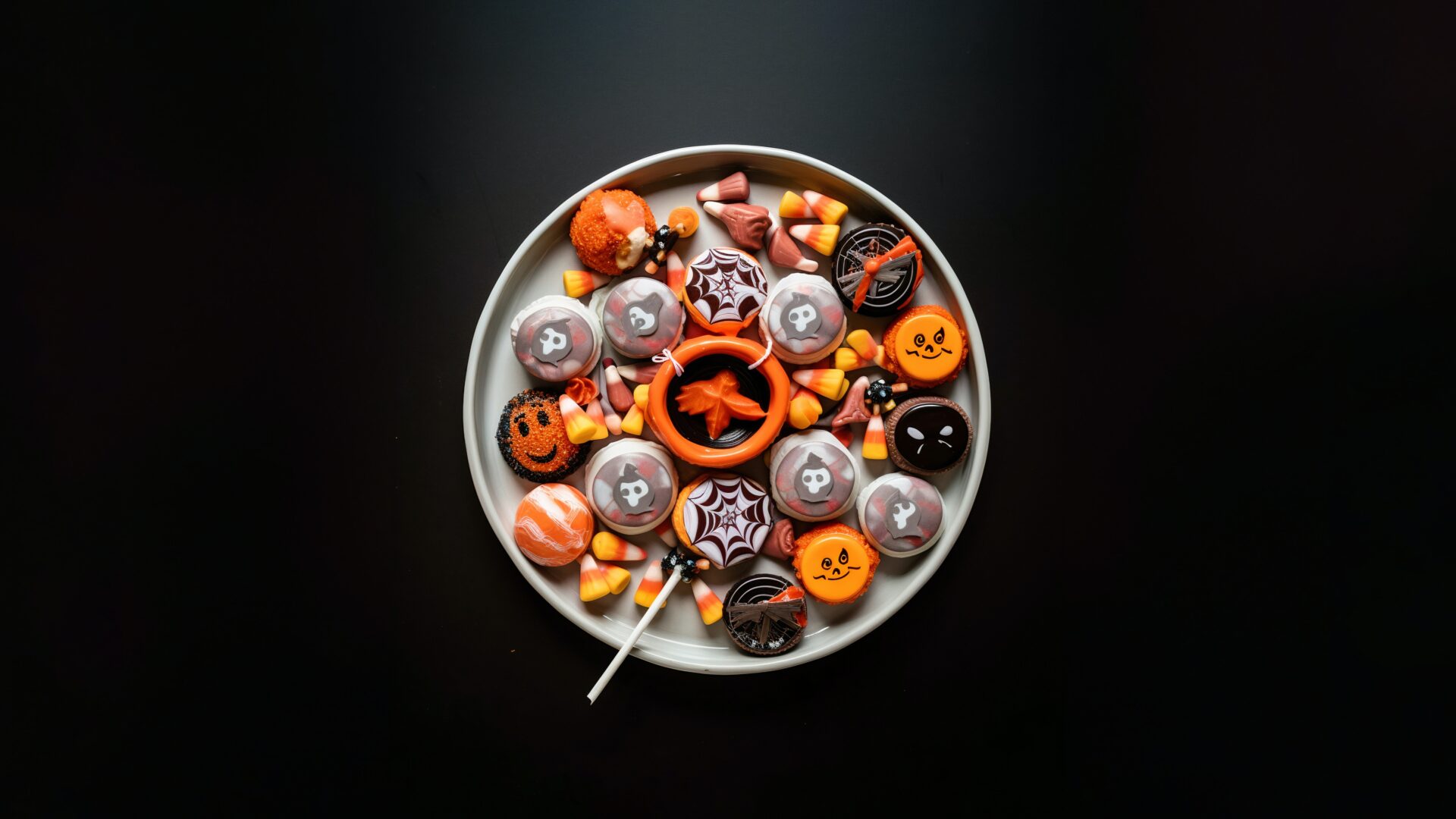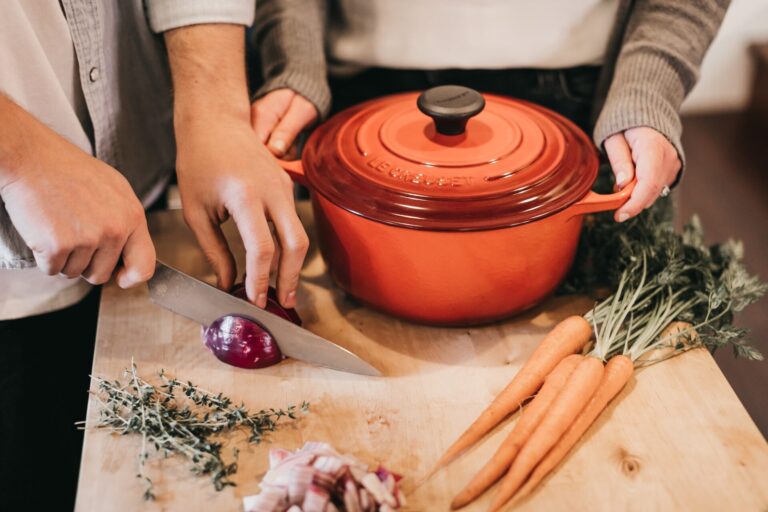Halloween in Japan feels different. Walk through Tokyo’s streets in late October and you’ll see carefully wrapped treats, handmade decorations, and a quietness beneath the celebration—a kind of restraint that makes you pause. Here, even seasonal fun carries an awareness: of packaging, of waste, of what we leave behind. If you’ve ever felt guilty tearing through mountains of single-use wrappers, Japan’s approach to sustainable Halloween offers something refreshing—a way to celebrate that feels both joyful and intentional. Whether you’re planning a trip during autumn or simply curious about how another culture navigates eco-conscious living, these ideas from Japan might just transform how you think about the holiday season.
Why Sustainable Halloween Matters in Japan (and Beyond)
A Culture of Mindfulness Meets Modern Celebration
Japan has long practiced mottainai—a philosophy that honors the value in every object and resists waste. Halloween, imported and adapted over the past few decades, initially clashed with this sensibility. Mountains of plastic packaging, disposable costumes, and single-use decorations felt at odds with a culture that wraps gifts with reusable furoshiki cloths and turns leftovers into art.
But something shifted. Sustainable Halloween Japan has emerged as a movement where tradition meets celebration, where people ask: How can we enjoy this without compromising what we value?
The answer lies in small, deliberate choices that reduce environmental impact while preserving the magic of the season. For travelers, witnessing this evolution offers insight into how Japan balances global trends with deeply rooted values—and how those lessons translate anywhere.
The Environmental Cost of Conventional Celebrations
Consider the typical Halloween haul: individually wrapped candies, plastic bags, synthetic decorations destined for landfills. In the U.S. alone, Americans generate an estimated 2,000 tons of plastic waste from Halloween candy wrappers each year. Japan, with its growing Halloween enthusiasm, recognized this trajectory early.
The response? Bulk stores (muji style zero-waste shops), artisan confectioners creating package-free sweets, and a revival of traditional treats reimagined for the season. It’s not about eliminating joy—it’s about redirecting it toward choices that don’t cost the earth.
Zero-Waste Shopping: Japan’s Quiet Revolution
Discovering Bulk Stores Beyond the Cities
Japan’s bulk shopping scene has blossomed beyond Tokyo and Osaka. In smaller towns like Kamakura and Kanazawa, you’ll find neighborhood stores where customers bring their own containers for nuts, dried fruit, granola, and seasonal confections. There’s something meditative about measuring exactly what you need, watching it pour into a glass jar you’ll use for years.
Practical tip: If you’re visiting Japan during autumn, seek out stores like Nue by Totoya in Kyoto or Omotesando’s nu things in Tokyo. Even if you’re not local, observing how these spaces operate—the cloth bags, the wooden scoops, the absence of plastic—offers inspiration you can bring home.
For Halloween specifically, these stores stock perfect treats: roasted chestnuts, candied sweet potato, and kurogoma (black sesame) snacks that feel seasonal without the packaging guilt. Portion them into small cloth bags tied with hemp twine, and you’ve created memorable, waste-free gifts.
The Art of Thoughtful Packaging
Japanese culture elevates presentation to ritual. Even sustainable Halloween treats arrive beautifully—wrapped in washi paper, tied with natural fiber ribbon, presented in ways that make the recipient feel seen. This isn’t wasteful decoration; it’s kokoro, the heart behind the gesture.
You can replicate this anywhere: Choose recycled paper bags, stamp them with DIY Halloween designs using vegetable-based ink, or wrap treats in fabric scraps that recipients can reuse. The Japanese approach teaches us that sustainable doesn’t mean sacrificing beauty—it means being more creative with it.
Vegan and Organic: Halloween Treats with a Conscience
Why Plant-Based Matters
Japan’s vegan confectionery scene has exploded in recent years, driven partly by Buddhist temple traditions and partly by growing environmental awareness. Vegan and organic candies eliminate animal agriculture’s carbon footprint while avoiding pesticides and synthetic fertilizers.
Brands creating sustainable Halloween Japan treats prioritize fair labor practices and ecosystem preservation—purchasing cacao through ethical supply chains, using solar power in production facilities, and composting organic waste. When you choose these products, you’re participating in a larger story of care.
Featured sustainable treats from Japan:
Additive-Free Gluten-Free Baked Goods
Small bakeries across Japan create rice flour cookies free from wheat, eggs, and dairy—perfect for friends with allergies. These six-piece assortments taste gently sweet, highlighting natural ingredient flavors without artificial enhancement. Wrapped in compostable paper, they embody shizen no aji (natural taste).
Vegan Pumpkin Banane
This seasonal delicacy layers Hokkaido pumpkin with banana in a raw vegan cake format—four distinct layers including raw whipped cream, cinnamon crust, and bittersweet chocolate sauce. It’s sophisticated, allergen-friendly, and celebrates autumn’s harvest without compromise.
Vegan Pumpkin BananeTraditional Wagashi DIY Kits
Nerikiri—traditional Japanese confections—can be shaped into Halloween ghosts and pumpkins using only natural colorings from vegetable powders. These kits teach children where food comes from, transforming treat-making into a mindfulness practice. The soft texture and refined sweetness offer a counterpoint to processed candy, and the experience creates memories that last longer than sugar highs.
“Don’t Wake Up, Who’s There?” Midnight Cookie Tin
Cookies inspired by a beloved picture book that’s been charming readers for over 50 years. Wheat, egg, and dairy-free, with no preservatives, artificial flavors, or colors—safe even for little ones. Thirty-two cookies total: six shapes (ghost, girl, clock, owl, black cat, mouse) plus stars. They use vegetable powders like spinach, pumpkin, and purple sweet potato, but the taste is mild enough that even veggie-averse kids will enjoy them. Crisp and crumbly texture, perfect for chatting over the story together. A warm Halloween memory that three generations can share.
“Don’t Wake Up, Who’s There?” Midnight Cookie TinFair Trade Chocolate: Make a Social Impact Too
Chocolate is a Halloween classic. Choose fair trade certified chocolate and you’ll also support better livelihoods for producers and environmental conservation. Brands like People Tree and Third World Shop eliminate child labor and use cacao purchased at fair prices. The chocolate itself is high-quality, with plenty of variety—dark, milk, with nuts, and more. The packaging is often simple and stylish, so you can hand them out as-is. Perfect if you want to honor both great taste and ethical choices.
Creative Distribution: Rethinking How We Share
Reusable Over Disposable
Japanese households master the art of reuse. Purchase bulk candy, then distribute it in small glass jars or cloth pouches that recipients can return or repurpose. Wash and reuse zip bags season after season. Decorate with reusable Halloween stickers that peel off cleanly, or use washi tape that leaves no residue.
This approach requires initial investment—quality glass containers, durable fabric bags—but pays dividends in waste reduction and aesthetic pleasure. Items designed for longevity become part of your holiday tradition rather than this year’s trash.
Stasher EZ SnackFabric and FSC-Certified Paper
Japanese kinchaku bags (drawstring pouches) in Halloween patterns make treats feel special while remaining completely reusable. For paper options, choose FSC-certified stock ensuring forests are managed sustainably. Layer treats in wax paper or tissue before placing in bags—that moment of unwrapping adds anticipation without plastic.
DIY inspiration: Stamp plain cloth bags with hand-carved pumpkin blocks using fabric ink. Each bag becomes unique, and the act of creating them slows you down, reconnects you to the holiday’s meaning.
Sustainable Halloween for Travelers: Experiencing It Firsthand
Timing Your Japan Visit
If you’re planning travel to Japan, late October offers mild weather and autumn foliage alongside Halloween festivities. Tokyo’s Shibuya and Harajuku neighborhoods host elaborate costume parades, while Kyoto’s temples provide serene contrast with fall illuminations.
Accessibility note: Major cities offer excellent wheelchair access on public transit and in shopping districts. Request barrier-free hotel rooms in advance, and note that many bulk stores and confectioners have ground-level entrances suitable for limited mobility.
Sustainable Souvenir Ideas
Instead of plastic trinkets, bring home:
- Beeswax wraps from Tokyo eco-shops (perfect for zero-waste kitchen practices)
- Handmade wagashi from local confectioners (support artisan traditions)
- Furoshiki cloths in Halloween patterns (reusable gift wrap for years)
- Fair trade chocolate from Japanese ethical brands (share the story with friends)
These items carry meaning beyond their function—they’re conversation starters about different approaches to sustainability.
Learning from Local Practices
Observe how Japanese families celebrate: costumes often borrowed or handmade, decorations crafted from natural materials like fallen leaves and branches, treats given in quantities that prevent excess. There’s abundance without waste, celebration without exhaustion.
Many community centers offer workshops in mid-October teaching sustainable Halloween crafts—paper lanterns from recycled magazines, decorations from cardboard. Participating, even with minimal Japanese language skills, connects you to local values and creative problem-solving.
Simple Choices You Can Make Today
You don’t need to be in Japan to embrace sustainable Halloween. Start here:
- Shop bulk stores in your area or online for package-free candy alternatives
- Choose fair trade chocolate certified by organizations like Fair Trade USA
- Make one Halloween item by hand—decorations, costumes, or treats
- Invest in reusable fabric bags or glass containers for yearly use
- Coordinate costume swaps with friends instead of buying new synthetic outfits
- Compost any organic Halloween materials like pumpkins and natural decorations
Each choice compounds. One sustainable Halloween becomes a tradition, which becomes a value you pass forward.
Reflection: The Quiet Joy of Enough
Japan teaches that celebration doesn’t require excess—it requires attention. A single, perfectly chosen treat wrapped with care matters more than a plastic bucket overflowing with forgettable candy. A handmade ghost decoration cut from recycled paper carries more meaning than something mass-produced and destined for landfill.
Sustainable Halloween Japan isn’t about deprivation. It’s about presence, about asking what truly brings joy and letting go of what doesn’t. It’s about children learning to value quality and creativity over quantity and convenience.
As you plan this year’s Halloween—whether in Tokyo or Tennessee—consider what small shift might make it more intentional. Maybe it’s one bulk-bought treat instead of pre-packaged candy. Maybe it’s a borrowed costume or a decoration made from things already in your home. Maybe it’s simply pausing to notice what you’re choosing and why.
These moments of mindfulness don’t just reduce waste. They reconnect us to what celebrations are actually for: gathering, sharing, and creating memories that outlast the sugar rush.












